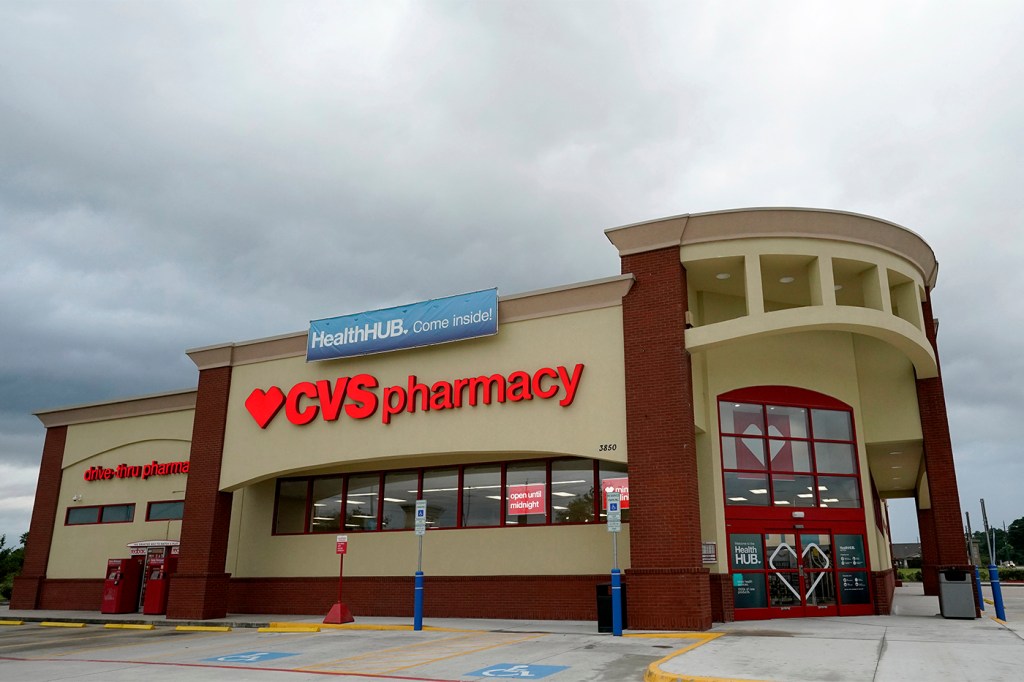Walk-in clinics are growing in popularity, but are they the same level of care as a doctor’s visit? New research from Northeastern University shows that we don’t really know.

Millions of people are turning to walk-in health clinics—think CVS’s MinuteClinic, or Walgreens’ Healthcare Clinic—because they offer more convenient hours and are often closer to home than a patient’s primary doctor. But are visits to these retail clinics as effective as a doctor’s visit? Do patients receive the same level of care? As it turns out, we don’t really know.
New research from Timothy Hoff, who is a professor of management, healthcare systems, and health policy at Northeastern University, reveals that there haven’t been many studies of retail clinics, and the ones that have been done were supported by the same companies that stand to benefit from a favorable review.

“People talk and write a lot about how great these retail clinics are, but we found that there were not a lot of studies that even looked at this issue,” says Timothy Hoff, who is a professor of management, healthcare systems, and health policy at Northeastern. Photo by Matthew Modoono/Northeastern University,
“People talk and write a lot about how great these retail clinics are, but we found that there were not a lot of studies that even looked at this issue, especially given how much the model is looked to for disrupting the primary care sector,” Hoff says.
Hoff and Kathryn Prout, who is a pharmacy student at Northeastern, reviewed all the academic literature on the efficacy, cost, and outcomes of retail clinics. They found only 15 studies in all: nine that examined the cost of retail clinics, six that studied quality, and one that examined patient satisfaction.
“All of them were either funded by industry players [such as CVS, Walgreens, Walmart, or Aetna], or used data that was provided by industry players—places that have an inherent interest in the success of this retail clinic model,” Hoff says.
Hoff’s and Prout’s findings, which were published in the medical journal Medical Care in July, show that retail walk-in clinics need much more rigorous, independent study, especially as their popularity among patients grows.
According to Hoff’s research, the number of walk-in clinics in the United States nearly doubled between 2010 and 2018, and it is only projected to grow from there. In June, CVS announced a plan to open 1,500 additional walk-in clinics by the end of 2021. And tech companies such as Amazon and Apple are experimenting with ways to get into the healthcare field.
Unlike doctor’s offices, hospitals, and urgent care clinics, walk-in clinics don’t usually have a physician on staff, Hoff says. They’re designed to treat conditions for which care is standardized—conditions such as strep throat, common colds, or the flu—and administer immunizations, he says.
The danger, Hoff says, is when healthcare officials, researchers, or policymakers equate the care provided by walk-in clinics with that of doctor’s visits or emergency room visits.
“That’s really misleading to the general public,” Hoff says. “They all have a different role to play in the healthcare ecosystem, and retail clinics certainly have a role to play in providing really basic care for a limited number of conditions for people who want more convenient care. But it’s not the same as going to your primary care physician.”
For media inquiries, please contact Shannon Nargi at s.nargi@northeastern.edu or 617-373-5718.





